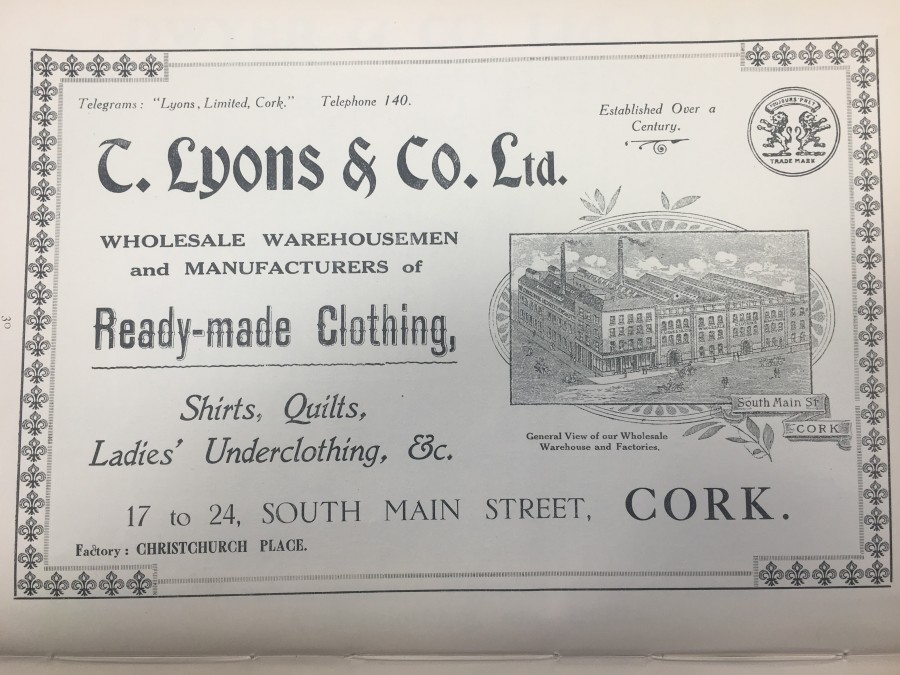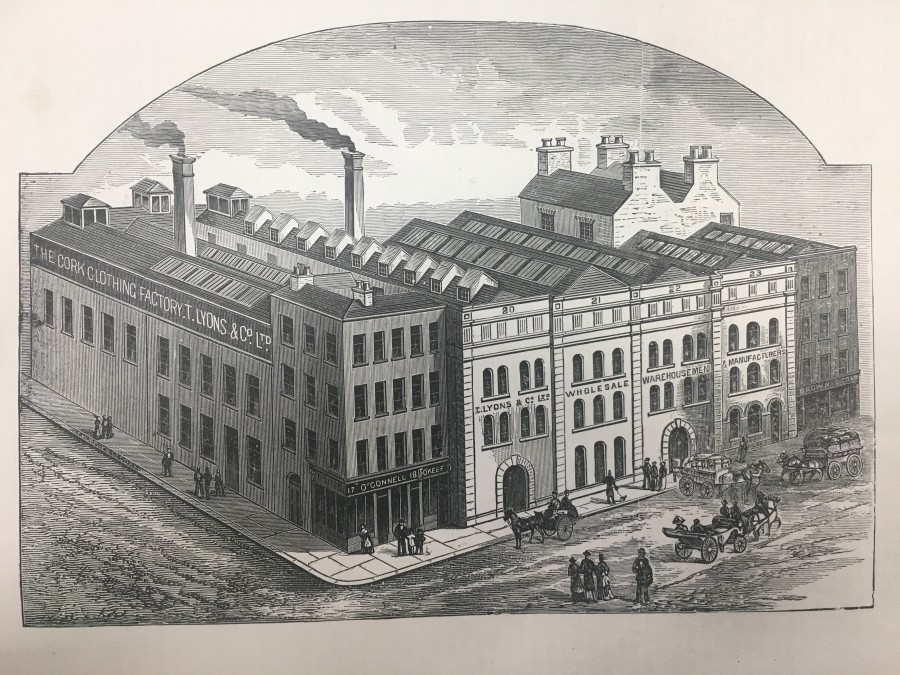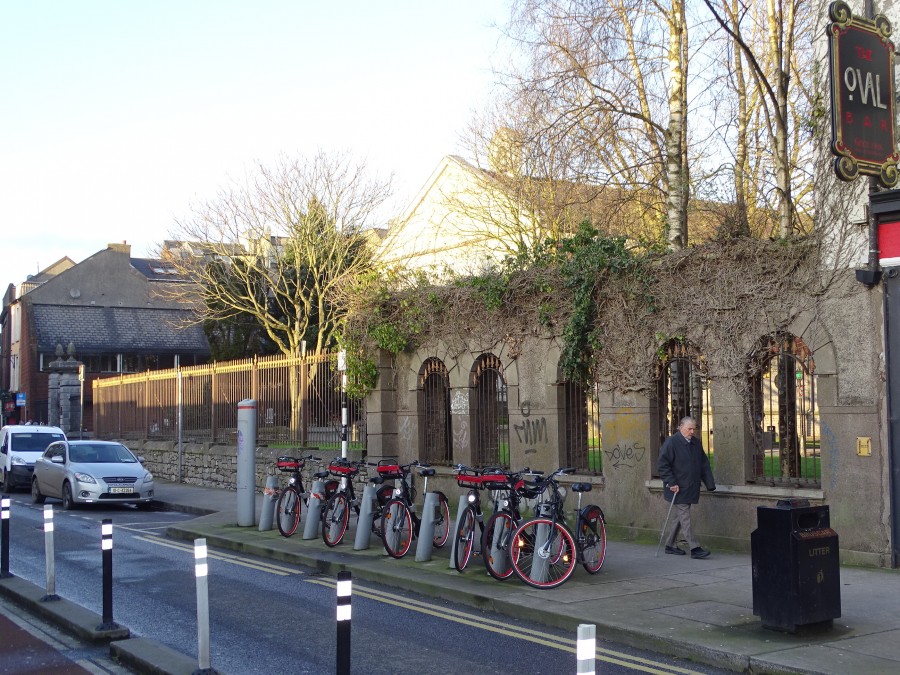PRESS RELEASE – SEVERE WEATHER ADVICE UPDATE
1 March, 2018, 11am
In the context of the ongoing Red Weather Warning Alert, Cork City Council wishes to advise that it has upgraded its Severe Weather Alert to level 3 status and the Council has activated its Crisis Management Team which is meeting on an ongoing basis to monitor developments in relation to the severe weather event. All Cork City Council offices and facilities are closed today and tomorrow. Only essential Council services will be available during that period.
Should you require assistance in the event of an emergency, you may contact the following numbers:
Roads or Flooding issues 1800 28 30 34
Housing Maintenance 021-4298710
Housing Maintenance 021-4298710
Irish Water 1850 27 82 78
The City Council has been in contact with the emergency housing providers again today to ensure that the needs of those who may require assistance are met during this alert. The City Council has highlighted the need for members of the public to look out for elderly or vulnerable neighbours as the severe weather is experienced.
Cork City Council continues to monitor the risk of Tidal flooding in Cork City. Further to the information released yesterday there still remains a risk of tidal flooding in the following low lying areas such as Morrison’s Quay, Fr. Mathew Quay, Fr. Mathew Street, Union Quay, Trinity Bridge, South Terrace, Lavitts Quay, Kyrls Street, Kyrls Quay, Crosses Green, Sharman Crawford St and Wandesford Quay.
However weather and surge conditions are not predicted to be as severe as originally expected and thus there is a much lower level of risk of flooding along the South Mall, Lapps Quay, McSwiney Quay, Albert Quay, Kennedy Quay, Proby’s Quay, French’s Quay, Lancaster Quay, Sullivan’s Quay and Lower Glanmire Road.
It is expected that the main impact of the tidal flooding will be confined to traffic movement and parking in the lowest lying areas. Cork City Council continues to advise that residents and businesses in these low lying areas would continue to monitor developments and take necessary precautions. A number of road closures and traffic restrictions will be put in place. Any restrictions will be eased as appropriate.
The situation will continue to be monitored and further advice will be issued.
The natural cycle of High Tides for the following days is predicted for the below times:
|
Day
|
Date
|
Morning
|
Evening
|
|
Thursday
|
01/03/2018
|
–
|
17:17
|
|
Friday
|
02/03/2018
|
05:41
|
18:02
|
|
Saturday
|
03/03/2018
|
06.26
|
18:44
|
|
Sunday
|
04/03/2018
|
07.06
|
19.23
|
|
Monday
|
05/03/2018
|
07.45
|
–
|
Cork City Council do not propose to issue sandbags. However, there is a limited stock of gel-bags available. These will be available for collection at the Council Depot at Anglesea Terrace at the following times:
|
Day
|
Date
|
From
|
Until
|
|
Thursday
|
01/03/2018
|
09:30
|
13.00
|
As availability is limited, Cork City Council reserve the right to ration or refuse issue of bags and all requests may not be fulfilled.
Weather conditions are forecasted to deteriorate significantly from around 4pm this afternoon, with severe blizzards forecasted to hit the southern part of the country. All members of the public are strongly urged not to venture out after 4pm until at the very earliest 12 noon tomorrow as conditions are likely to be extremely dangerous.
The City Council will provide regular updates as the situation develops further


